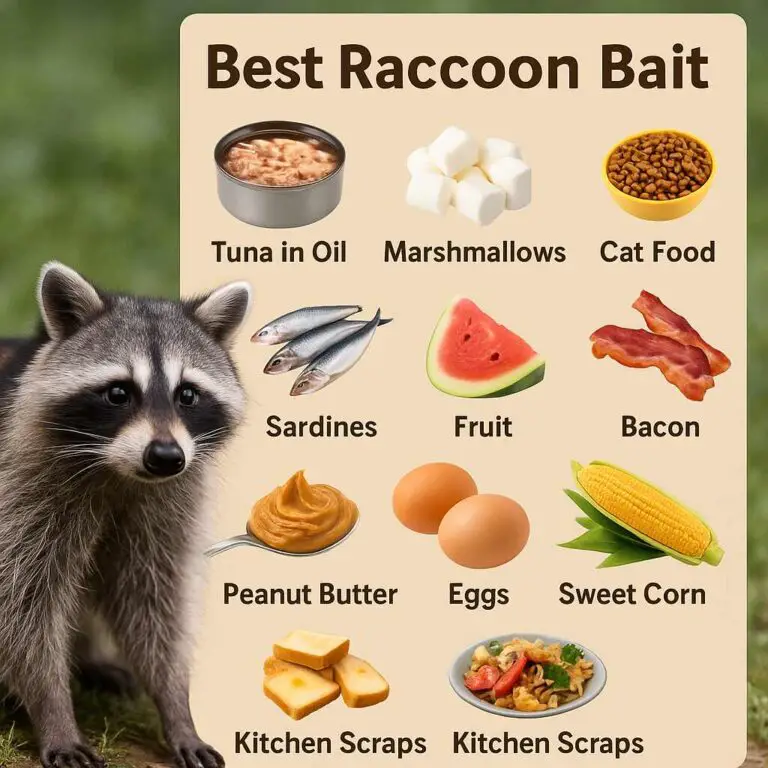Introduction: Raccoons are fascinating creatures known for their cunning and resourcefulness. One of the intriguing aspects of their behavior is their ability to extend their limbs, especially their front paws, to access food, objects, or other areas.
Anatomy and Limb Structure
Raccoons possess unique physical characteristics that enable them to extend their reach effectively. Their front paws are equipped with sharp claws, providing them with the dexterity needed to manipulate objects and grasp food. These dexterous paws allow raccoons to perform tasks that might seem almost human-like at times.
Adaptations and Behaviors
Raccoons are well-known for their adaptability and intelligence. Their remarkable ability to use their reach to their advantage is evident in various situations. They often use their extended limbs for foraging, reaching into tree hollows for prey, or accessing human-made structures like trash cans. Their keen problem-solving skills make them adept at overcoming obstacles to obtain food or shelter.
Range of Reach
When it comes to determining how far raccoons can extend their reach, it’s important to note that this can vary based on their age, size, and individual differences. On average, a raccoon can extend its front paws by up to one foot (30 centimeters). However, larger and more mature raccoons may have a slightly greater reach. This extended reach allows them to explore a wide range of environments and food sources.
Factors Influencing Reach
Several factors can influence a raccoon’s reach. Their physical condition, such as injuries or illnesses, can affect their dexterity. Habitat also plays a role, as raccoons adapt to their surroundings. Access to food sources and the availability of objects to manipulate will influence the extent to which they use their reach.
Examples and Real-Life Observations
To illustrate raccoons’ reach in action, consider this scenario: a raccoon deftly opening a secured trash can lid in search of a meal. Or picture a raccoon skillfully grabbing a crayfish from a stream by extending its front paws into the water. These real-life observations showcase the remarkable abilities of raccoons to extend their reach for survival.
Safety and Wildlife Interaction
While raccoons’ reach is impressive, it’s crucial to remember that they are wild animals. Interacting with raccoons should always be done with caution and from a safe distance. Feeding raccoons or attempting to touch them can lead to aggressive behavior or the transmission of diseases. Responsible coexistence with raccoons is essential for the well-being of both humans and raccoons.
Conservation and Protection
Understanding raccoon behavior, including their reach, can contribute to their conservation. Protecting raccoon habitats and avoiding actions that disrupt their natural behaviors is essential for their survival. Encouraging responsible wildlife management practices ensures that raccoons can continue to thrive in their ecosystems.
Conclusion
In conclusion, raccoons are remarkable creatures with a unique ability to extend their reach, enabling them to adapt and thrive in various environments. While the average raccoon can extend its front paws by up to one foot, their adaptability and intelligence allow them to make the most of this skill.
Remember that respecting raccoons as wild animals and understanding their behaviors are key to coexisting with them safely and responsibly. By doing so, we can contribute to the conservation of these clever and resourceful animals in our natural world.




